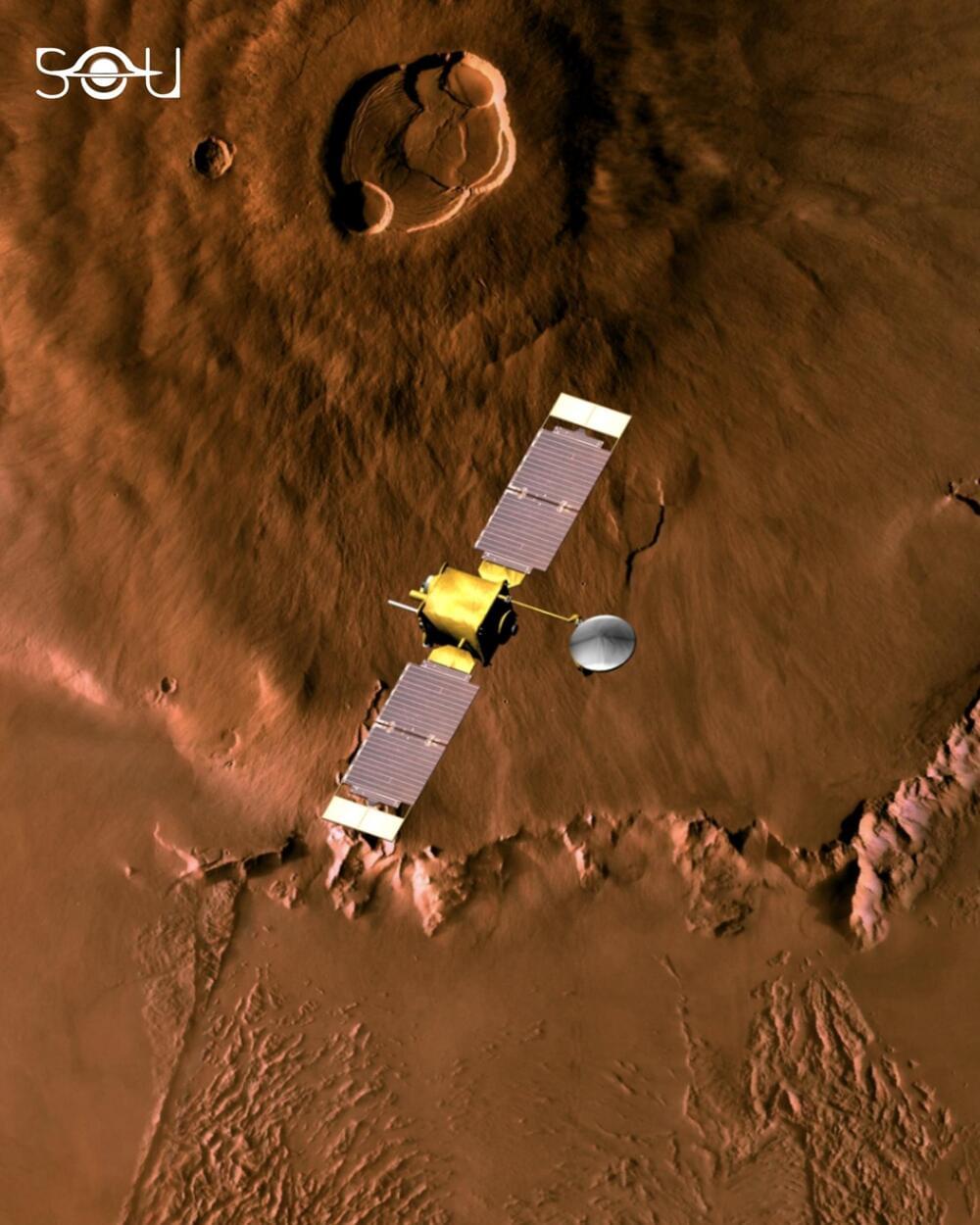Omar Degan wants to transform the way the Somali capital of Mogadishu rebuilds by tapping into the country’s cultural heritage.




Some say that Moore’s Regulation, which tracks the exponential progress electronics during the last six a long time has stalled, and technological stagnation threatens. Mark Rosker, director of DARPA’s Microsystems Know-how Workplace (MTO), sees issues very in another way. In a new interview with Samuele Lilliu, he explains how the expansion described by Moore’s Regulation has been sustained by waves of innovation from DARPA and the way the following stage, what he calls the Fourth Wave, might be carried ahead by applied sciences his workplace is now creating.
The best model of Moore’s Regulation says that the variety of transistors on a silicon chip roughly doubles each two years. This was an commentary made by Gordon Moore – who later co-founded Intel – in 1965, and it proved to be remarkably correct. Yearly since then, an increasing number of highly effective computer systems and, later, laptops and smartphones have appeared in the marketplace. Low-cost chips have now grow to be important for vehicles, televisions, cameras and different units, which beforehand functioned with out electronics. They’re important throughout the financial system.
Describing the progress as a “Regulation” could also be deceptive. Moore’s Regulation is an outline of the development in semiconductor manufacturing, pushed by advances in science and know-how which requires fixed innovation to maintain going, not a pure course of.






Vitamin C has long been known as an essential nutrient for skin health and immune function, but it turns out its antioxidant activity plays a large role in those properties (among others).*.
